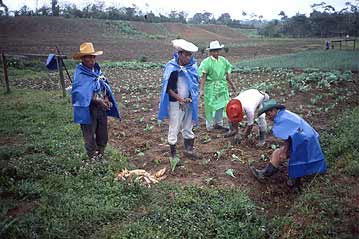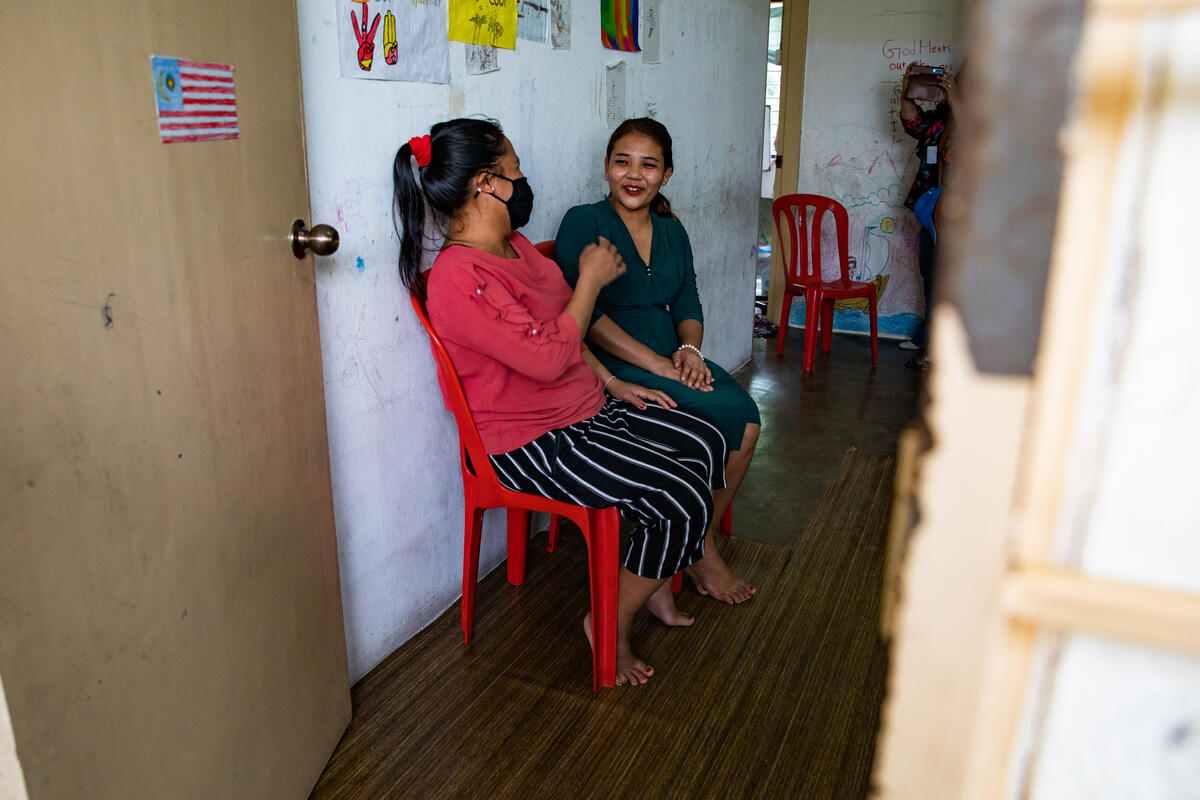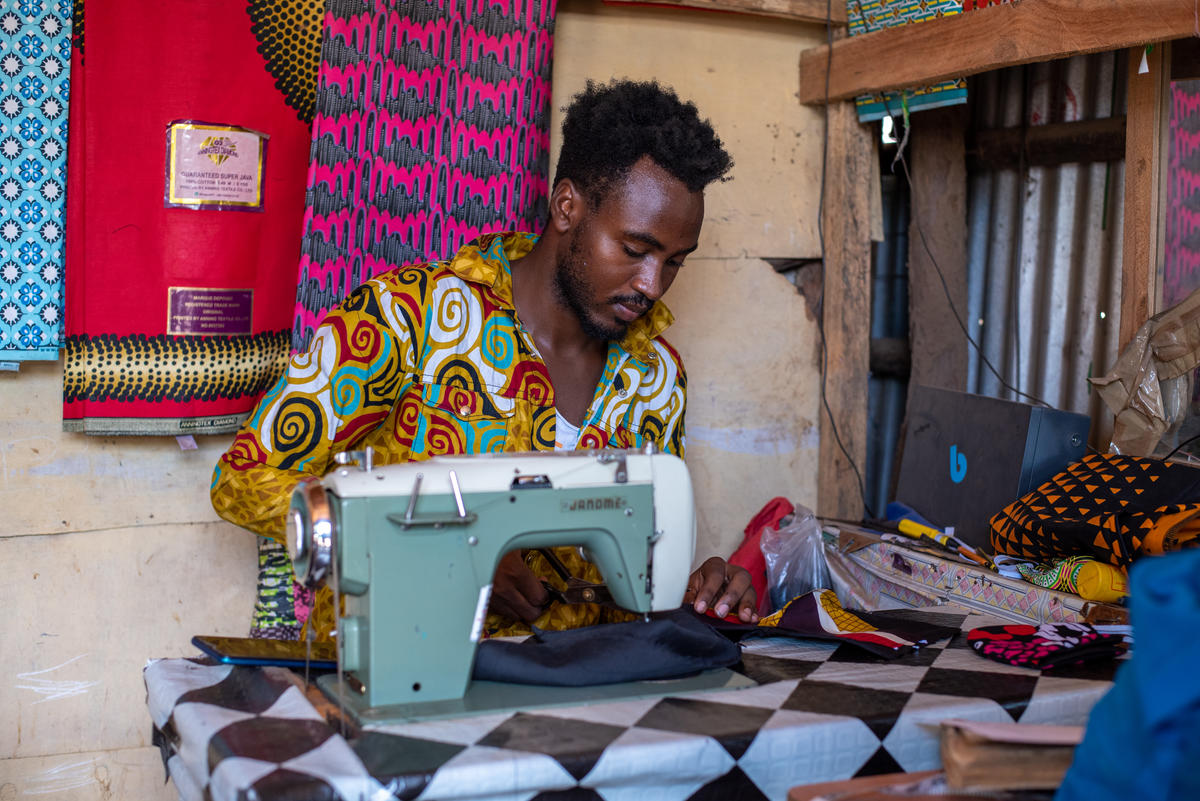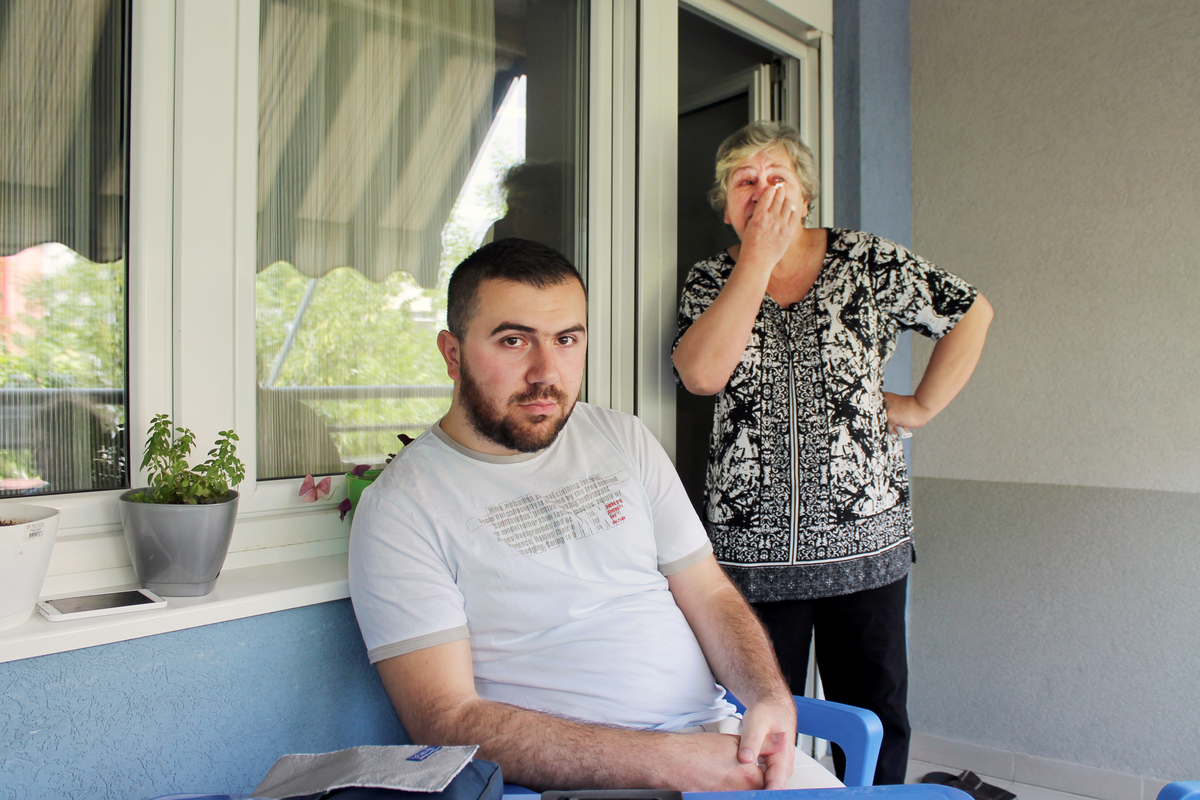UNHCR and Malaysia close camp for Vietnamese boat-people
UNHCR and Malaysia close camp for Vietnamese boat-people
UNHCR and Malaysian authorites on Tuesday closed Malaysia's last camp for Vietnamese boat-people, ending 21 years of cooperation in which more than a quarter-million people transited the country.
Tuesday's ceremony at Sungei Besi camp, near Kuala Lumpur, was attended by Malaysian Foreign Minister Datuk Abdullah Haji Ahmad Badawi and UNHCR's Assistant High Commissioner, Sergio Vieira de Mello.
The ceremony marked the end of Malaysia's 21-year involvement with the boat-people from Viet Nam. It occurred just five days before the end of the Comprehensive Plan of Action (CPA), a multinational effort that was established in 1989 to stem the flow of asylum-seekers who braved shark-infested waters and pirate attacks to leave Viet Nam and Laos.
The CPA established an alternative, legal migration route out of Viet Nam, permitting over half a million people to depart by air. The ground-breaking agreement also established screening procedures under which the countries of first asylum in Southeast Asia individually examined every asylum-seeker's claim to refugee status. Virtually all the refugees who had a well-founded fear of persecution in their country of origin were given resettlement places in Western countries. The screened-out, who could safely return to their country, were expected to do so.
UNHCR agreed to set up extensive assistance programmes for returnees in the countries of origin, and monitored their well-being and safety in accordance with those countries' commitments to give returnees the same basic rights as every other citizen. The agency also chaired the CPA's Steering Committee, assisted with care and maintenance in camps for asylum-seekers, and helped set up refugee status determination procedures.
Since 1975, 840,000 Vietnamese asylum-seekers have arrived in the countries of Southeast Asia and Hong Kong. Over 755,000 departed for resettlement in the West. Over 81,000 have returned safely to Viet Nam.
"There are few happy moments in the career of a refugee official, and this is one of them," Vieira de Mello said at Tuesday's ceremony. "The CPA has been a model for multilateral cooperation, built on the principles of international solidarity, burden-sharing and proper acceptance of responsibilities. Its purposes were to end the ongoing tragedy on the high seas, and to preserve asylum while reducing incentives for further mass outflow. It has been successful."
At its latest meeting, in March 1996, the CPA Steering Committee envisaged that all Vietnamese non-refugees in the countries of Southeast Asia would repatriate prior to the formal closure of the CPA. However, it is estimated that some 24,700 people will still be in camps after 30 June, including 3,500 in Indonesia; 2,300 in the Philippines; 4,000 in Thailand; and 15,000 in Hong Kong.
As of 30 June, in accordance with the conclusions of the seventh Steering Committee meeting, UNHCR will phase down its care and maintenance activities in Southeast Asian countries of first asylum. Transitional arrangements will be implemented for the post-CPA residual camp populations, and in the case of Hong Kong, which has a much larger caseload than other countries, UNHCR will maintain its current status. UNHCR will also continue to assist and monitor the situation of people who return to Viet Nam.
The first boat-people landed on the east coast of Malaysia in May 1975. In all, nearly 255,000 Vietnamese boat-people were given temporary asylum in Malaysia, where they were cared for by UNHCR, the Malaysian authorities and the Malaysian Red Crescent Society. A total of 248,410 were resettled in Western countries (some of them children born in the camps), and over 9,000 returned to Viet Nam.
At the height of the influx, Malaysia had eight camps for boat-people, along the East Coast and in Sabah and Sarawak. As the wave of arrivals diminished, and as more people were resettled in the West, the remaining population was moved to Sungei Besi.






